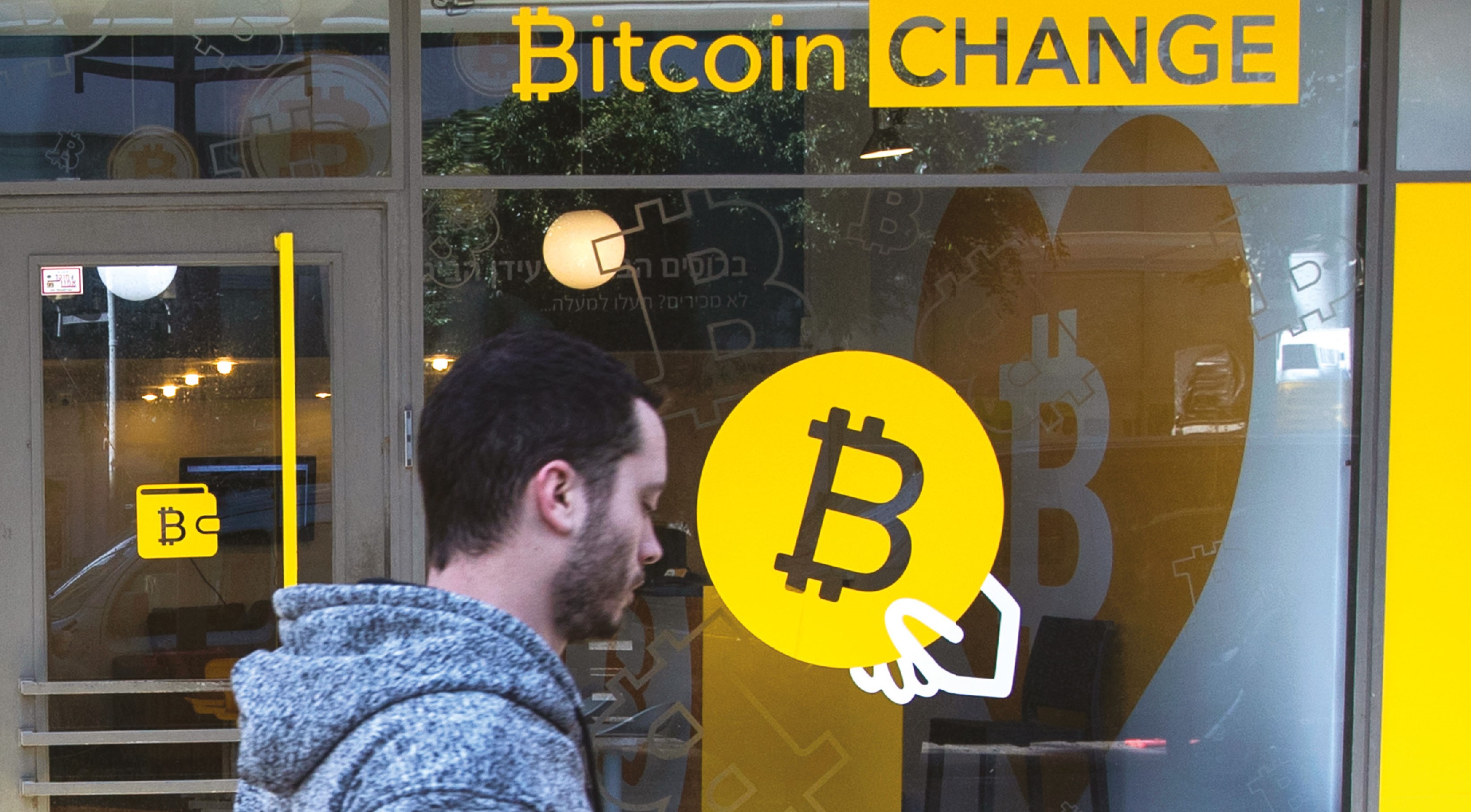ANTI-CORRUPTION WEAPON
BLOCKCHAIN TO THE RESCUE
Rajika Jayatilake writes that the world has a viable and transparent weapon to fight corruption for the first time
Former Chairman of the US Federal Reserve Alan Greenspan once observed that “corruption, embezzlement, fraud; these are all characteristics that exist everywhere. It is regrettably the way human nature functions whether we like it or not. What successful economies do is keep it to a minimum. No one has ever eliminated any of that stuff.”
That said, every once in a while the world is presented with the potential to slice through mounting corruption that stalls a country’s development. As financial experts see it, the world may have for the first time in history, “a viable solution to rampant political and economic corruption.” And the answer lies in cutting-edge blockchain technology.
One of the critical aims of blockchain technology is to strengthen the power of the people. It focusses on a decentralised digital currency with no central bank involvement in issuance and no single administrator – this offers a level of independence that’s unique to cryptocurrency. And since a global network of people is responsible for maintaining this digital currency, no central organisation can shut it down.
Blockchain is essentially technology that maximises transparency and efficiency – two qualities that tend to disappear when governments are corrupt. It is a decentralised ledger system where every new entry on the ledger can immediately be seen by all participants in a particular transaction. Therefore, at any given moment everyone connected to the chain knows exactly what transactions are taking place and their individual value.
They’re also able to verify that no one has interfered with the transactions because each one can be tracked through a unique code. As blockchain theorist and strategist William Mougayar explains, “the blockchain can’t be described simply as a revolution. It is a tsunami-like phenomenon, slowly advancing and gradually enveloping everything along its way by the force of its progression.”
Blockchain allows the speedy digital flow of information in real time. And with no central server, no one is able to make furtive changes to information.
Don and Alex Tapscott, the authors of Blockchain Revolution, have noted: “The blockchain is an incorruptible digital ledger of economic transactions that can be programmed to record not only financial transactions but virtually everything of value.”
With zero hard copy paperwork and files all integrated into a single system, updated in real time simultaneously at all nodes and safe from single server cyber-attacks, blockchain takes care of fraud, illegal and unethical practices, corruption and human error.
The recent first ever global cryptocurrency benchmarking study done by the Cambridge Centre for Alternative Finance in the UK found that more than three million people are considered to actively use cryptocurrencies like bitcoin.
Considered the world’s first decentralised cryptocurrency, Bitcoin was invented by a person or group of people using the pseudonym Satoshi Nakamoto. On 18 August 2008, the domain name bitcoin.org was registered and on 3 January 2009, the bitcoin network was created as open-source software specialised in solving complex mathematical equations referred to as ‘bitcoin mining.’
Nakamoto mined the first block of the chain called the ‘genesis block.’ The coin base of this block had this text embedded in it: “The Times 03/Jan/2009 Chancellor on brink of second bailout for banks.”
This comment is interpreted as a critical statement on the instability of conventional fractional reserve banking of commercial banks.
The peer-to-peer bitcoin network does not require intermediaries; instead, it contains network nodes that use cryptography, verify transactions and record them in a public distributor called the blockchain.
So even though bitcoin assures anonymity, it may be one of the most transparent financial systems available today because all transactions are publicly logged in the blockchain. The entire bitcoin blockchain is about 161 GB – a little above half of a modern iPhone’s storage. However, this file contains the history of every transaction ever made using bitcoin including the addresses involved.
These same characteristics that give blockchain its edge on transparency can be used in different ways to protect citizens living under corrupt regimes.
Yoni Cohen, CEO and Cofounder of Novo Protocol – a blockchain based marketplace for commercial data – asserts: “Cryptocurrencies can be used as a store of value as well as a means of transacting. They are especially useful to those living under corrupt regimes or in countries with an unstable national fiat.”
He adds “Blockchain based identity providers, corporate registries and credit networks will enable businesses and individuals, to access capital and global markets without exposing their private information to corrupt or heavy-handed governments.”
As the World Economic Forum (WEF) states, the global cost of corruption is nearly US$ 22.6 trillion or between four and five percent of global GDP. So as Cofounder of ZenCash Rob Viglione observes: “When you’re in a failing economy with a collapsing currency, any alternative to get out is a good one.”
In his view, the most obvious safeguard cryptocurrencies offer is immediate diversification from the local monetary system.






Re your comment, ‘The recent first ever global cryptocurrency benchmarking study done by the Cambridge Centre for Alternative Finance in the UK found that more than three million people are considered to actively use cryptocurrencies like bitcoin’, I think the number is higher.
Any weapon will be good enough to fight this menacing corruption, because it is eating into the fabric of society around the world.